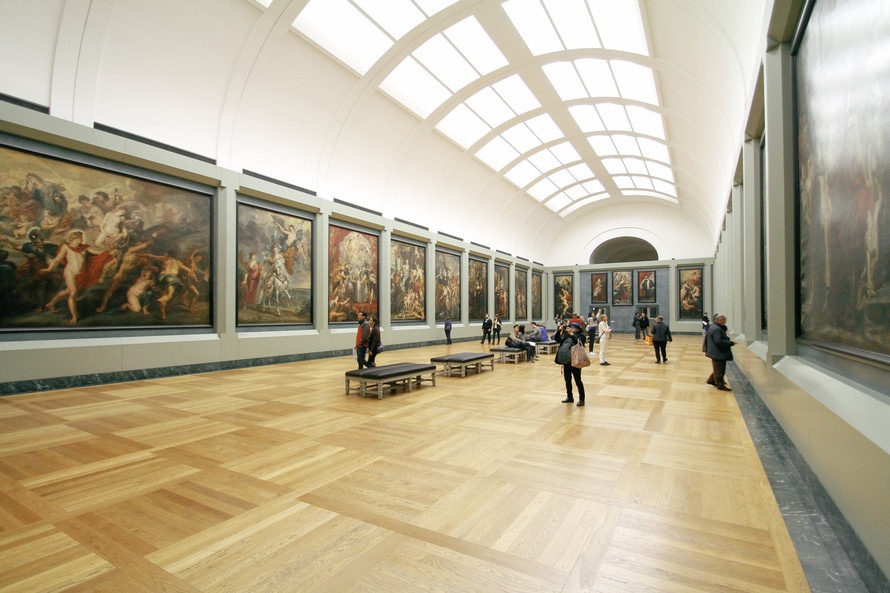When it comes to art, it is imperative that you come into a piece with a holistic mindset. Art, as a whole, is not simply a painting or a sculpture to showcase in a museum. Instead, it is an entity and hallmark of the history and culture of a particular time and place. To truly value and appreciate art at its fullest, you as a viewer must understand and know the artist, the time period, and the style of a painting or project.
First and foremost, art is a beautiful and open-minded forum that is essentially accessible to all different types of individuals. Regardless of your class, gender, race or religion, art provides their viewers an opportunity to learn, grow, and develop their thoughts and opinions in an educational and informative platform. As much as we can walk into a museum with the best intentions possible, it is important that you do a bit of research on the artist and piece itself.
To start, it is imperative that you understand the artist as a whole. For many of these talented individuals, their work is a representation of their lives. From what they have experienced to how they think, their paintings or sculptures will always signify and embody their attitude, emotion, and philosophy on life and politics. Take for example Pablo Picasso. It was not by chance that he had developed so many different styles of painting. For much of his work, his personal and professional life greatly impacted what he painted and how he painted them for each and every piece. In comparison, much of the Higher Renaissance painters like Leonardo Da Vinci, Michelangelo, and Raphael were greatly influenced by religion and detail. By understanding the overall background of these artists, you will be able to grasp the themes and ideas of what they are trying to portray for each work.
Now, to further appreciate each piece, it is important that you know more about the history and time period that the painting was created in. Depending on the era, a painting can have specific religious or political connotations within its works. For example, the infamous street artist, Banksy established a graffiti street art style that not mean to be seen as vandalism, but instead meant to highlight and personify the ongoing injustices and inequalities within the world. For many artists, the external political and social influences definitely played a larger role in how they created and shaped their work.
In addition to the historical and social connotations attached to each piece, we also have to look at the dominant style that was seen during these times. To bring it back to the Higher Renaissance period, much of these artists’ style focused primarily on the detail of their work. For them, showcasing detail through emotion and refined and realistic lines are what represented the true strength and skill of an artist. In comparison, the abstract era led many artists, such as Picasso, to utilize and favor contorted shapes and imagery as their way to represent meaning. As different as these pieces are, they both continue to personify the overall favored style of their times.
Now, I cannot guarantee you that learning all of this information will make you a fan of Pablo Picasso. But, by understanding the artist background, the history, and the style, you will be able to value and respect why these works are considered timeless masterpieces.

